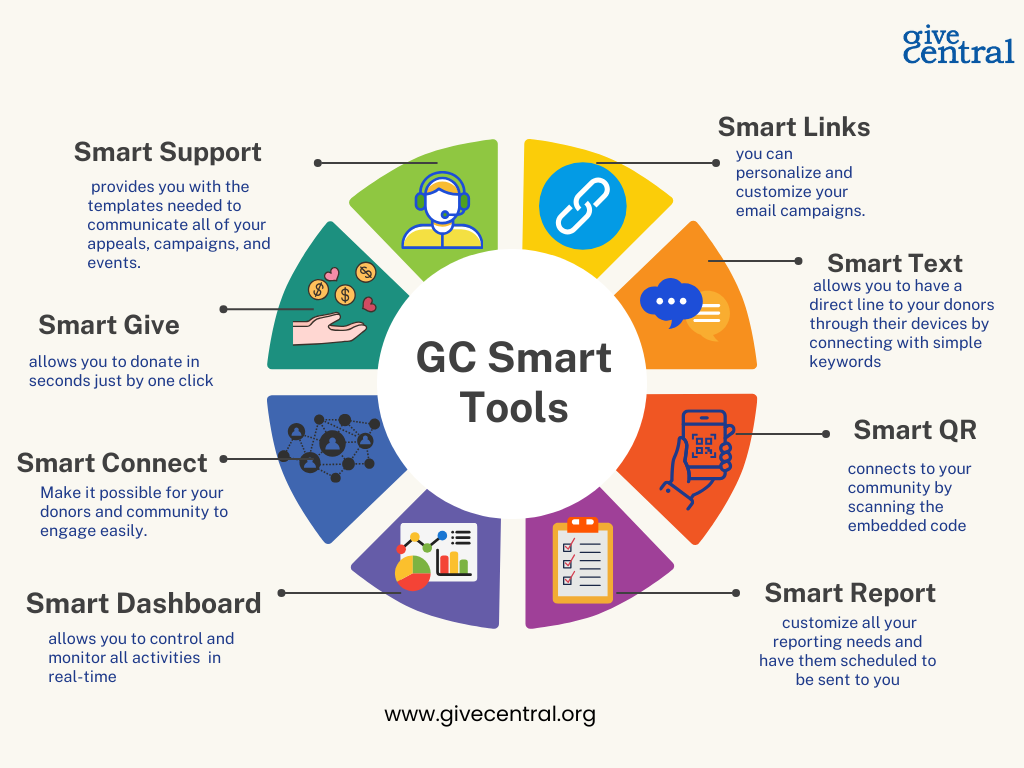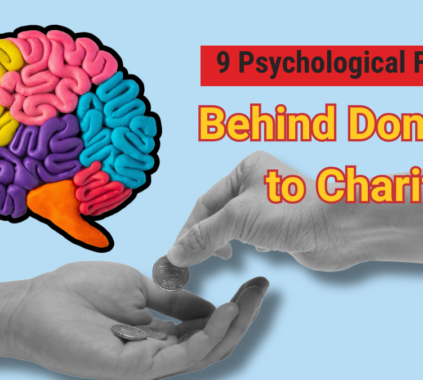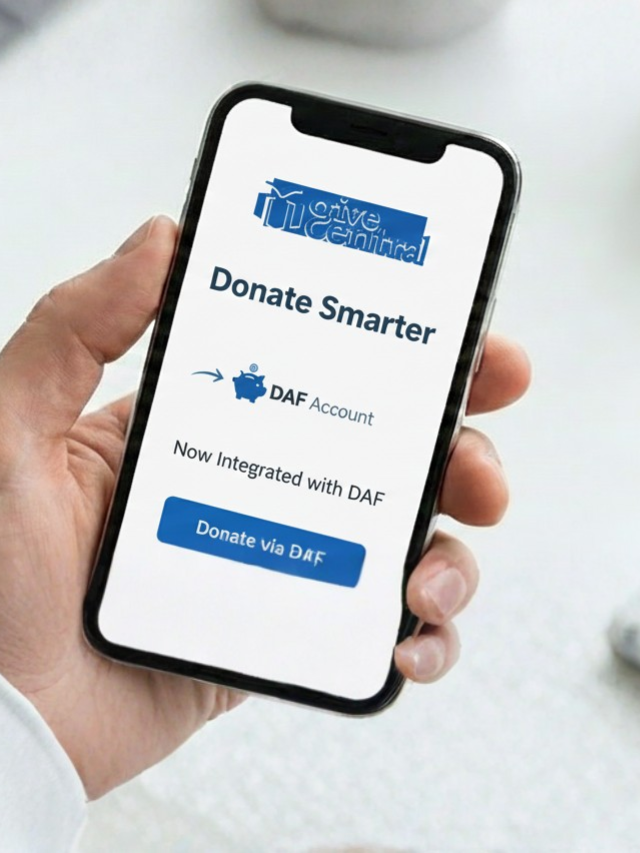“We thought they gave out of faith. We didn’t realize they stopped giving because they felt forgotten.”
This isn’t just one church’s story. It’s something many faith-based communities face quietly.
Churches are built on generosity, but sometimes, unintentionally, we make giving feel like a burden instead of a blessing. The culprit? Ignoring donor psychology, which is the emotional and relational side of giving.
At GiveCentral, we’ve seen this play out again and again. Not because churches mean to discourage giving, but because they’ve never been shown how to build lasting generosity the right way.
Let’s unpack what that means—and what can be done to change it.
What Is Donor Psychology?
Donor psychology is the understanding of why people give—and why they stop.
Most people don’t give because of obligation. They give because they believe in your mission. They want to feel:
- Connected to something bigger
- Appreciated for their effort
- Confident that their gift is making a difference
- The Desire to give back to the community
When churches miss these emotional cues, they risk breaking the bond between giver and mission.
“People may forget what you said, but they will never forget how you made them feel.” — Maya Angelou
5 Ways Churches (Unknowingly) Discourage Generosity
Let’s explore the most common mistakes and how to fix them with intention and the right tools.
1. Only Reaching Out When There’s a Need
When the only time people hear from your church is when you need money, it sends the message:
“You matter when we’re short.”
This creates guilt-driven giving, not joyful generosity.
What to do instead:
Use GiveCentral’s SmartGive to set up recurring giving and build trust over time. Reach out not just with needs, but with updates, gratitude, and hope.
“Donors are partners, not ATMs.” — Harvey McKinnon, Fundraising Expert
2. Not Saying Thank You (or Saying It Poorly)
You’d be surprised how many givers quietly disappear because they never felt acknowledged.
A receipt is not a thank you. A form letter isn’t personal. And silence is the loudest discouragement of all. Even a simple “we’re grateful for you” can be the start of a lasting relationship.
What to do instead:
With GiveCentral’s automation tools, you can send personalized thank-you emails, videos, or notes after every donation—automatically and genuinely. The GC guru is a game changer. It assists you in automating all the repetitive tasks and letting you and your team focus on something more important.
3. Making Giving Inconvenient
Today’s donors are mobile. If giving requires remembering cash, navigating a clunky form, or waiting in line, they may skip it altogether.
What to do instead:
Make giving frictionless:
- Add Text-to-Give in your church service slides
- Use SmartLinks in your emails or bulletins
- Place QR codes at the back of the church or on pew cards
GiveCentral makes all of this easy to set up and manage.
“Make it easy to give, and people will give more.” — Philanthropy Daily
4. Not Showing the Impact of Donations
If all donors hear is “we need more,” they begin to wonder if their last gift even mattered. Most nonprofits fail to share the real impact of the donations to the donors. This makes the donors feel suspicious and start doubting the credibility of the nonprofit.
What to do instead:
Keep your community updated. Share real stories of how their support changed lives—like the child who attended school, the roof that was repaired, or the outreach event that fed dozens. This builds emotional return on investment. Use social media and other platforms to keep your donors informed about the campaigns.
“People give to people, not to causes.” — Eugene Tempel, IU Lilly Family School of Philanthropy
5. Treating All Donors the Same
Some people give $5 monthly. Others give $500 annually. But both are saying something important through their giving.
When everyone gets the same generic message, it feels like no one’s being heard.
What to do instead:
With GiveCentral Insights, you can segment your donors and send messages based on their giving style and history. This helps your givers feel seen and valued—because they are.
The Hidden Cost of Ignoring Donor Psychology
When churches overlook the emotional side of generosity, they experience:
- High donor turnover
- One-time givers who never return
- Fundraising fatigue
- Flatlined growth
And the saddest part? It’s not because people lost faith. It’s because they lost connection.

At GiveCentral, we believe in giving with the heart in mind.
We know churches don’t mean to discourage giving. But intention alone isn’t enough; your tools and your message have to reflect the care you want to give.
That’s where GiveCentral comes in.
We help churches move from:
- Transaction to transformation
- One-time gifts to lifelong support
- Asking for help in building a true partnership
GCSmart tools are designed with donor psychology in mind:
- Recurring Giving – Turn one-time givers into consistent supporters
- Personalized Thank-Yous – Make every gift feel recognized
- Text-to-Give + QR Codes – Giving made effortless
- Impact Updates – Keep donors emotionally connected
- Data-Driven Donor Segmentation – Communicate smarter, not harder

Don’t Just Ask. Connect.
Your donors don’t just want to give—they want to feel like they belong. Let GiveCentral help you turn every act of generosity into a lasting relationship.
Don’t let good intentions go unnoticed. Start creating a more connected, generous giving experience with GiveCentral today.
Last modified: July 16, 2025















